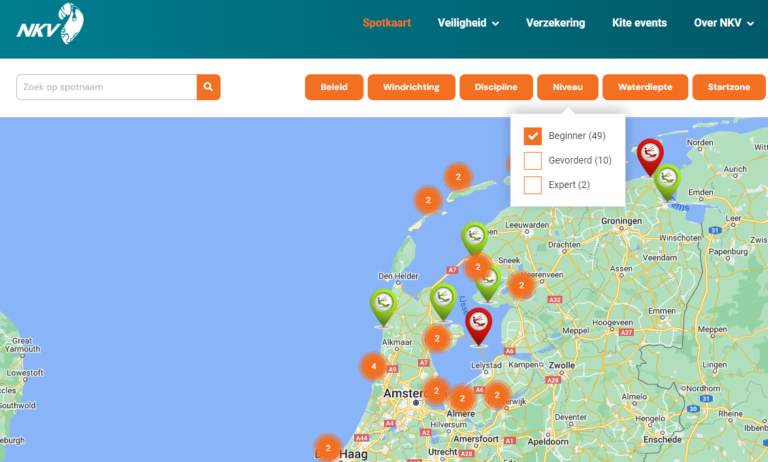How to choose the best kitesurfing destination for beginners?
Discover which kitesurfing destinations are perfect for beginners with this complete guide. From safe water conditions to stable wind conditions between 12-18 knots - learn how to recognize spots with shallow waters, wide beaches and professional kitesurfing schools. Top Dutch locations such as Wijk aan Zee, Scheveningen and Vrouwenpolder offer ideal conditions for your first kitesurfing lessons. Plus essential tips for choosing the right instructor and recognizing safe conditions.



